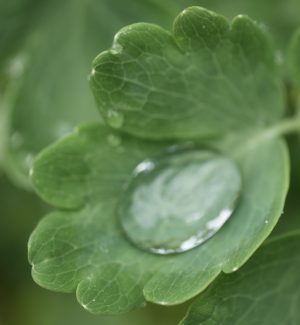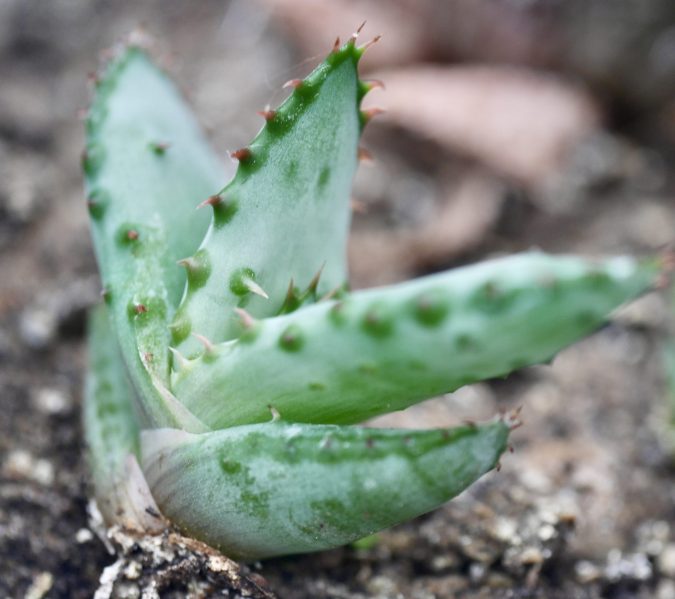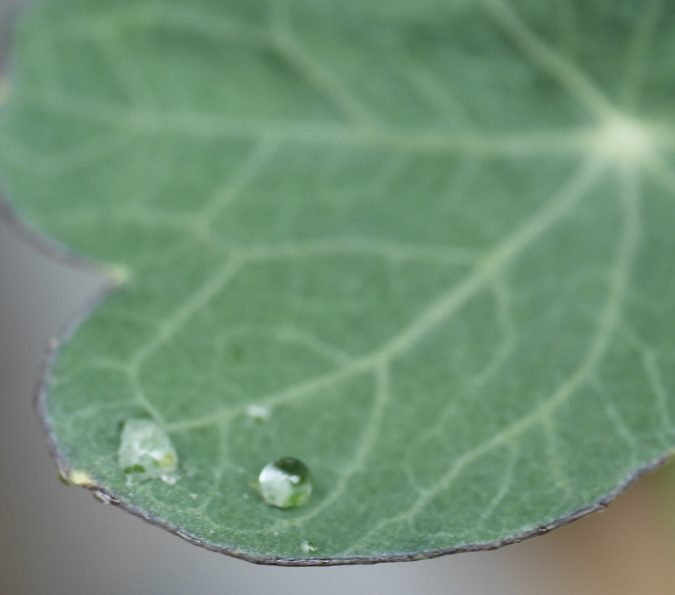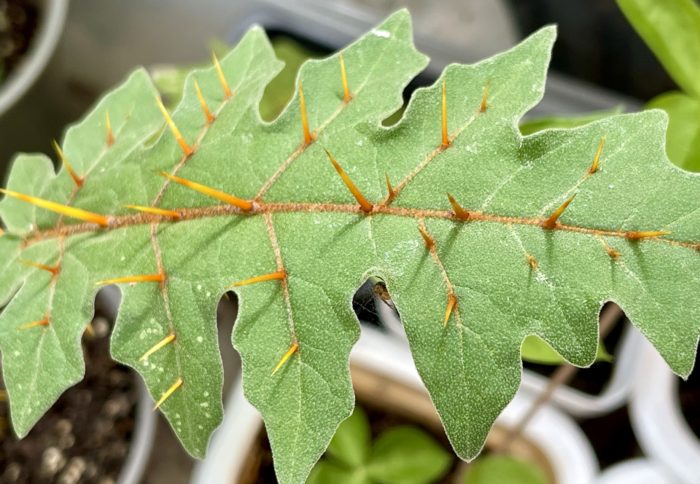The cuticle, a protective barrier and ‘sun screen’.

Plants make use of sunlight in order to photosynthesise and grow. However, not all wavelengths of light are useful to plants. The red and blue wavelengths of light are absorbed by chlorophyll and used in photosynthesis. Green light is reflected, hence we see green leaves etc. Another component of sunlight is ultra-violet light. Whilst UV light can help our skin manufacture vitamin D, it can also do considerable damage to the skin and cause premature ageing and skin cancers. As this is the case, we are advised to apply sun screen to exposed skin as it helps prevent sunburn, skin cancer and premature ageing. But what of plants? Do they also protect themselves from UV irradiation / damage? Some new research suggests that the plant cuticle has a role.
The cuticle is usually a thin layer made up of fatty/waxy material that covers the outside (the epidermis) of the plant. Its ‘primary’ function is a barrier to the evaporation of water from the underlying tissues. It also prevents tissues becoming waterlogged as its ‘repels’ rain / water (see headline image) and it also resists the entry of pathogens / micro-organisms. In most flowering plants, the cuticle tends to be thicker on the top of the leaf (aka the adaxial surface) which is exposed directly to incoming light. Though the cuticle is usually a thin layer, in plants living in arid environments, it can be quite thick to limit water loss.

Since the waxy cuticle repels water (i.e. is hydrophobic), the adhesion of water to the cuticular surface is minimised so globules form. Some plant leaves (eg. Nasturtiums and the Lotus) exhibit ultrahydrophobicity, so that they essentially become self-cleaning surfaces.

Now, the rôle of the cuticle in protecting plants from UV damage is unravelling. Research at the University of Malaga has shown the cuticle can quench UV light. It does this though the phenolic compounds present in the cuticle. Phenolics are rings of carbon atoms, with hydroxyl (OH) groups attached. Examples are the cinnamic acids [e.g. p-coumaric acid]. When these molecules absorb UV light, they change shape momentarily. On changing back to the original state, the absorbed energy is released but at a longer wavelength, which is far less damaging than UV light. As these molecules do not react this way to red and blue light, the red and blue wavelengths can pass into the leaf to be used in photosynthesis.

The leaves of some plants have quite amazing surfaces, some are hairy whilst others have protective spines.,
Comments are closed for this post.
